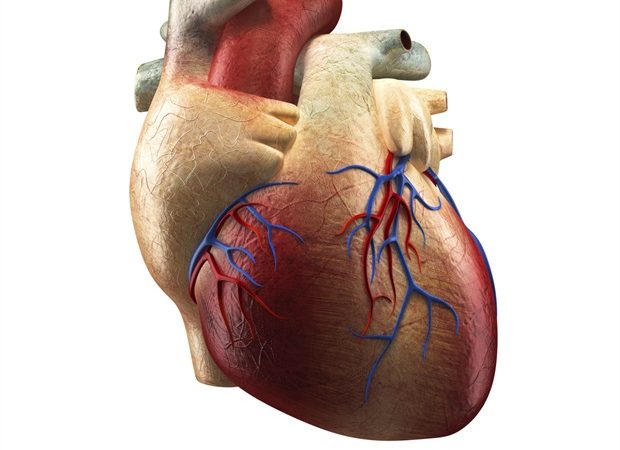Reviewers’ Notes
Pulsed field ablation safe, effective for the treatment of paroxysmal atrial fibrillation

Pulsed field ablation (PFA) is as effective and safe as conventional thermal ablation for the treatment of paroxysmal atrial fibrillation (AF), according to late breaking research presented in a Hot Line session today at ESC Congress 2023.
ESC guidelines recommend catheter ablation after failure of drug therapy in patients with paroxysmal AF.2 Conventional ablation technology uses thermal energy (either heat/radiofrequency energy or cold/cryothermal energy) to ablate the tissue. Unlike thermal ablation, PFA uses high energy electrical pulses to destroy tissue by a process called electroporation. Preclinical and clinical studies have demonstrated that PFA seems to preferentially ablate the heart tissue, with minimal or no damage to surrounding structures such as the oesophagus and phrenic nerve, as well as no pulmonary vein stenosis – all complications that can occur with conventional thermal ablation.3-6
ADVENT was the first randomised controlled trial comparing PFA to conventional ablation (either radiofrequency or cryothermal ablation).7 The trial is intended to inform Food and Drug Administration (FDA) approval of the PFA catheter in the US. The study enrolled patients with drug-resistant, symptomatic paroxysmal AF. One to three roll-in patients were permitted at each site to ensure experience using the PFA catheter. The remaining patients were randomised in a 1:1 ratio to PFA or conventional thermal ablation. At the beginning of the trial, approximately 50% of centres were assigned to radiofrequency energy for the control group and the remaining centres were assigned to cryothermal energy for the control group. Patients were followed for 12 months with weekly electrocardiogram transmissions and 72-hour Holter assessments at six and 12 months.
A total of 687 patients underwent ablation by 65 operators at 30 centres in the US. The initial roll-in phase included 80 patients; the remaining 607 patients were randomised to PFA (305 patients) or conventional thermal ablation (302 patients, of which 167 received radiofrequency ablation and 135 received cryoablation). The average age of randomised participants was 62 years and approximately 35% were female.
The primary efficacy endpoint was the success rate, defined as acute success and chronic success (one-year freedom from recurrent atrial arrhythmias, antiarrhythmic drug use, and cardioversion or repeat ablation). The success rate was 73.3% and 71.3% in the PFA and thermal groups, respectively, and met the prespecified criteria for noninferiority (between-group difference, 2.0%; 95% Bayesian credible interval [BCI], -5.2 to 9.2%; posterior probability of noninferiority >0.999). The secondary efficacy endpoint was the same as the primary efficacy endpoint, but tested for superiority: this did not meet the criteria for superiority (posterior probability of superiority 0.708).
The primary safety endpoint was a composite of serious adverse events related to use of an ablation catheter or the procedure itself and occurring within seven days, as well as pulmonary vein stenosis or oesophageal fistula occurring at any time during the 12-month follow up. This endpoint occurred in 2.1% and 1.5% patients in the PFA and thermal groups, respectively, and met the prespecified criteria for noninferiority (between-group difference, 0.6%; 95% BCI, -1.5 to 2.8%; posterior probability of noninferiority >0.999). The secondary safety endpoint was the change in pulmonary vein dimension (i.e., any stenosis or narrowing) from baseline to day 90. The reductions in vein cross-sectional area were 3.3% and 19.5% in the PFA and thermal groups, respectively, which met the prespecified criteria for superiority of PFA (posterior probability of superiority >0.999).
The ADVENT trial showed that PFA is as effective and safe as conventional thermal ablation to treat paroxysmal AF. Procedure times were faster for PFA than thermal ablation, but there was more X-ray exposure with PFA."
Vivek Reddy, Principal Investigator, Professor, Icahn School of Medicine at Mount Sinai, New York, US
European Society of Cardiology
Posted in: Medical Procedure News | Medical Research News | Medical Condition News
Tags: Atrial Fibrillation, Cardiology, Catheter, Catheter Ablation, Chronic, Cold, Efficacy, Electroporation, Fistula, Food, Health Care, Heart, heat, Medicine, Nerve, Preclinical, Pulmonary Vein, Radiofrequency Ablation, Research, Stenosis, Surgery, Technology, X-Ray